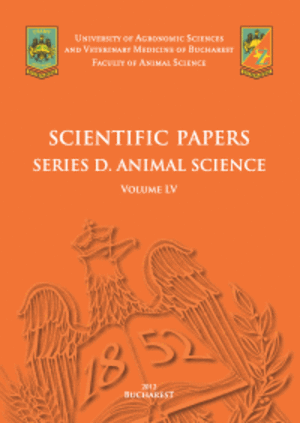Published in Scientific Papers. Series "Management, Economic Engineering in Agriculture and rural development", Vol. 25 ISSUE 1
Written by Leomarich F. CASINILLO, Karen Luz P. YAP
This paper aimed to investigate the small-scale abaca farmers' engagement level towards the Philippine Fiber Industry Development Authority (PhilFIDA) in Eastern Visayas, Philippines, and capture its significant predictors. Primary data was gathered from a cross-sectional survey of 263 abaca farmers using random sampling. The survey is in the form of face-to-face interviews to gather useful information with the aid of a developed semi-structured questionnaire. The data were analyzed using descriptive statistics and ordinal regression analysis. Results depicted that, on average, abaca farmers have no engagement (M=1.44; SD=0.85; Md=1) with PhilFIDA. This implies that small-scale farmers are not collaborating with PhilFIDA in terms of their extension delivery system and project implementations for the development of the abaca fiber industry. The ordinal regression model revealed that being an owner (p-value=0.072) and the number of years in farming (p-value=0.088) are both significant predictors of farmers' level of engagement towards PhilFIDA. This means that a farmer who owns the land and has more experience is more likely to collaborate with PhilFIDA's agricultural projects and development programs. Moreover, the regression model showed that PhilFIDA's visit (p-value<0.001) and interaction with the Local Government Unit (LGU) (p-value<0.001) can increase the farmers' engagement towards PhilFIDA. This implies that communication and campaign to the PhilFIDA's development program can increase the abaca farmers' participation. Hence, the PhilFIDA and LGU must work together to reach out to small-scale farmers, especially in remote areas.
[Read full article] [Citation]

 Next Issue will be published according the the calendar.
Next Issue will be published according the the calendar.



